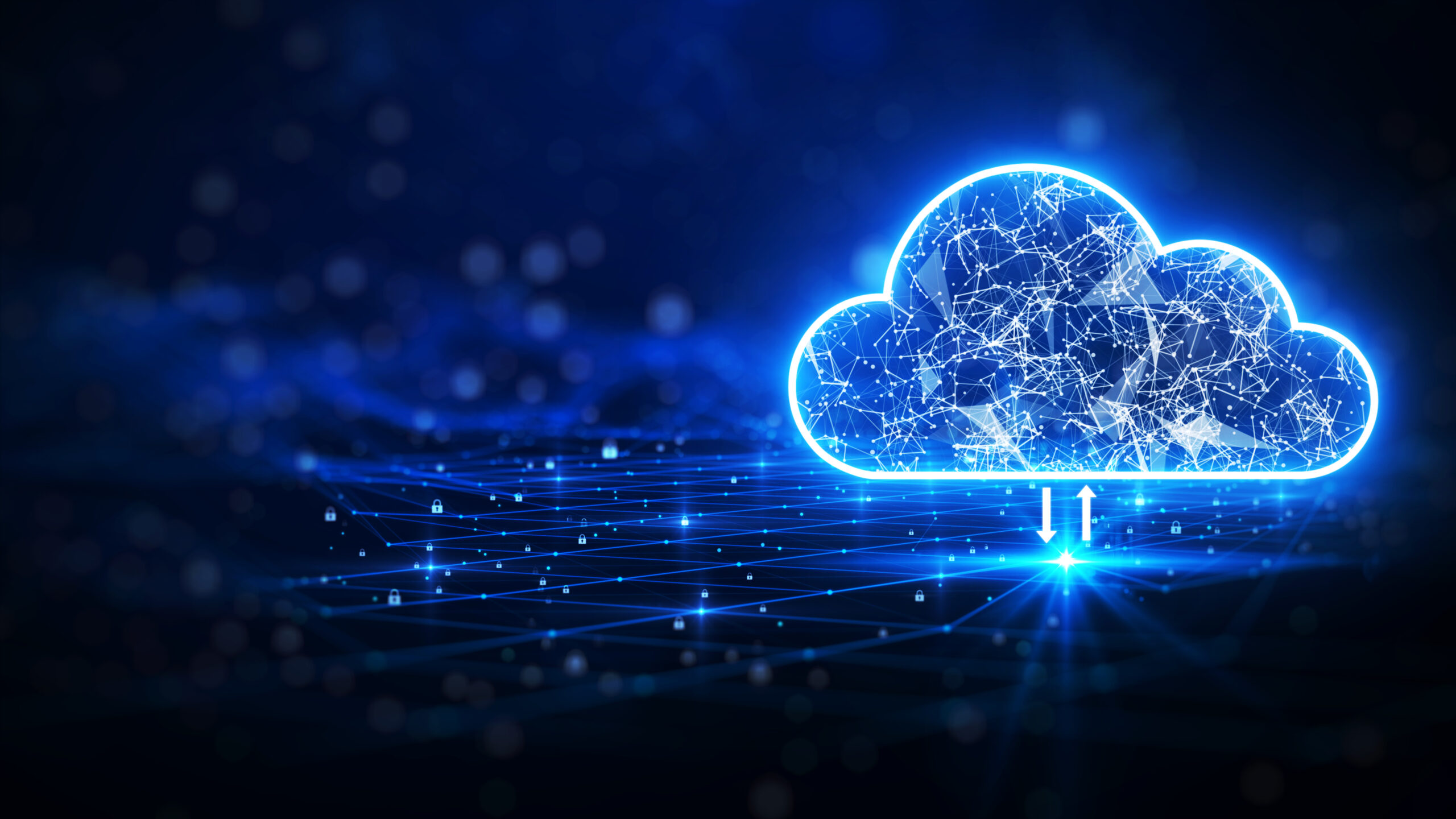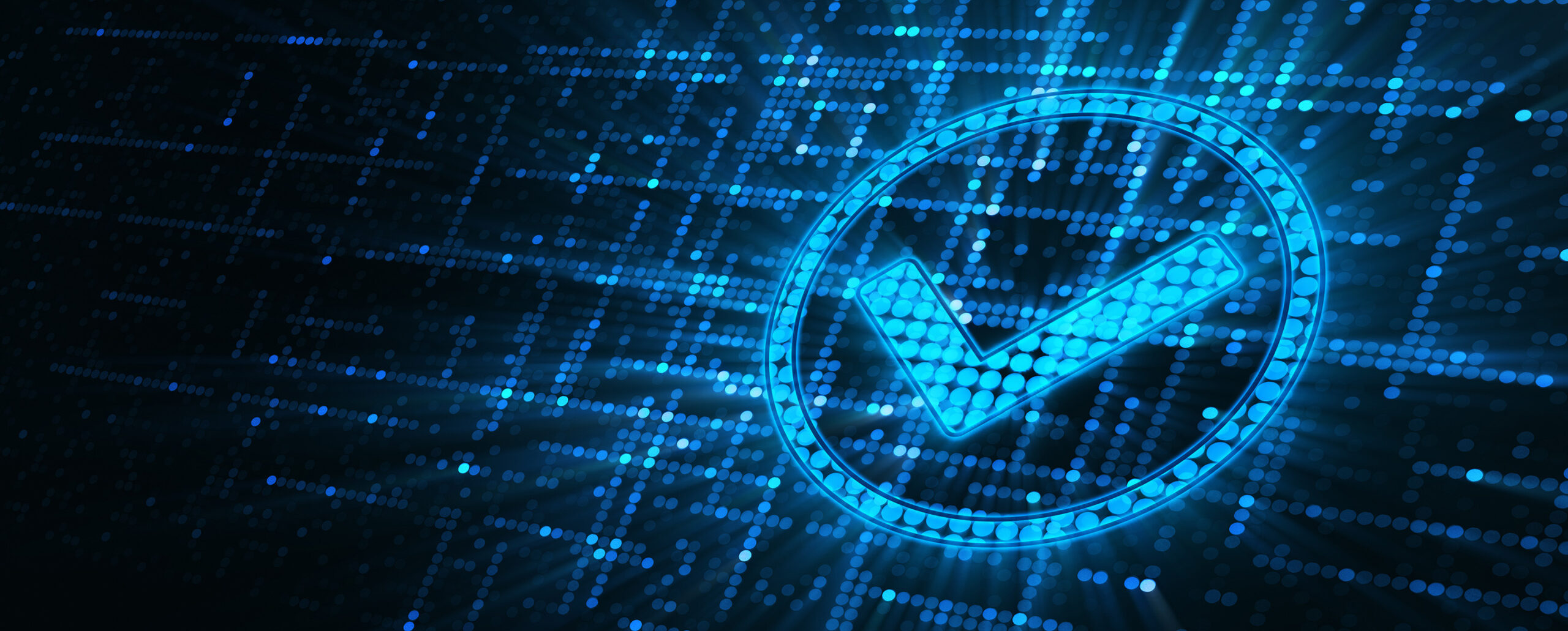World Backup Day is March 31st, 2023. It’s a great day to remind ourselves of the importance of backing up personal and professional data. From family photos to important presentations, you’ve likely felt the pain of forgetting to do backups.
“Failure is Always an Option” – Adam Savage
Whether you are a MythBuster or a software developer, there is no shortage of issues that can result in data loss. Software bugs, malware, environmental factors, accidental deletion. Without a robust backup solution, your data is constantly at risk. There are several types of backup options that can mitigate this risk. Let’s take a look at a few of these that can help maintain access to your important files no matter what gets thrown your way.
3-2-1… Countdown for Successful Data Protection
Having one backup copy of your critical work data is sometimes not enough. Let’s assume you back up your files or your application data to an external drive, and keep this drive in your home office or work desk. If your laptop fails, you have a backup copy for immediate recovery. If a water pipe bursts in your home, or there’s an issue at your desk onsite, then your computer and the external drive backup will likely be destroyed. This is a good reason to keep at least two copies of your critical data with one copy residing in an offsite location. Examples of offsite locations include simply saving to the cloud or even using an infrastructure datacenter whose specialty is housing backup data.
OneDrive – One terrific offsite solution is Microsoft’s OneDrive. If you have a Microsoft 365 subscription, you may have access to 1 TB or terabyte of OneDrive cloud storage. OneDrive can be used to backup specific data but can also be set up to backup all your local folders such as documents, downloads, and desktop automatically. This “set it and forget it” configuration means your data is stored in the cloud in the event something happens to your PC. This approach has the added benefit of giving you access to your files anytime and anywhere. For more information, simply access Microsoft’s OneDrive backup instructions online.
Even with the redundancy offered by a large company such as Microsoft, it’s a good idea to backup your cloud data and email to a third-party provider for even more offsite availability. Whether you are a web developer at a federal agency or a systems administrator at a business like LCG, our data easily climbs into multiple terabytes of cloud data. Having a robust strategy is critical to personal and business success.
Remember – your backup strategy is only successful when implemented, so save your work today.
Hold on let me go save this…

Daniel Trencher is the Systems Administrator in IT and Network Support at LCG





